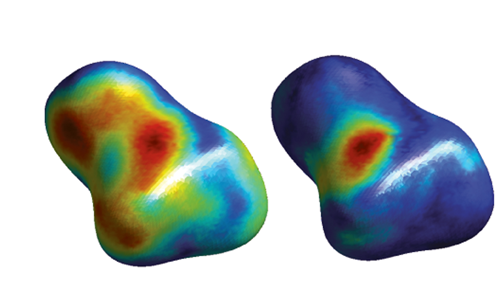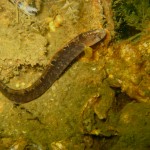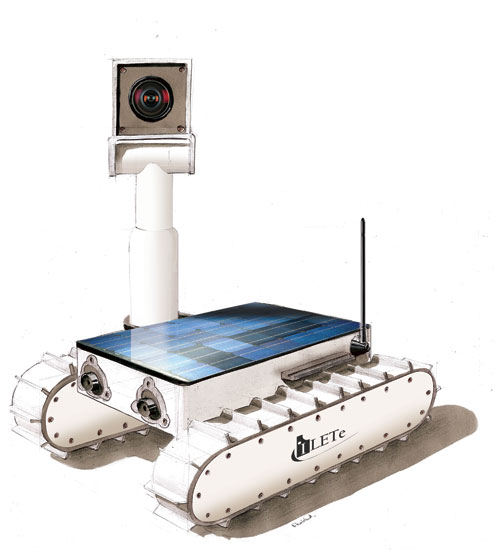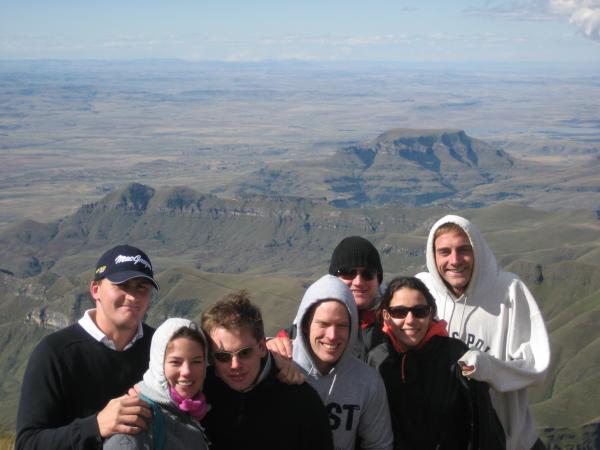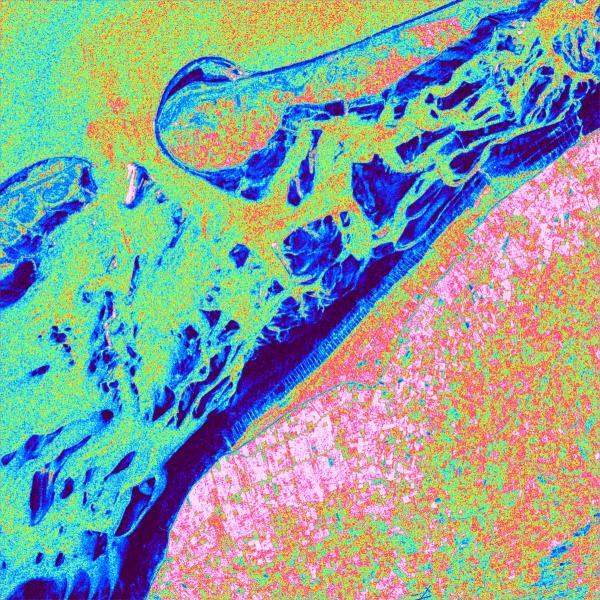Runde, Norway
This is the view after a short hike in Runde, Norway. For the full picture go here.
After the fact, I learned that this area has some interesting history. In 1725, the Akerendam shipwrecked off the coast of Runde. The following summer four chests and other parts of the cargo were salvaged. In 1972, three sports divers rediscovered the long forgotten wreck. The finders were allowed to keep 2/3 of the found treasure. Here is the story from Wikipedia.

